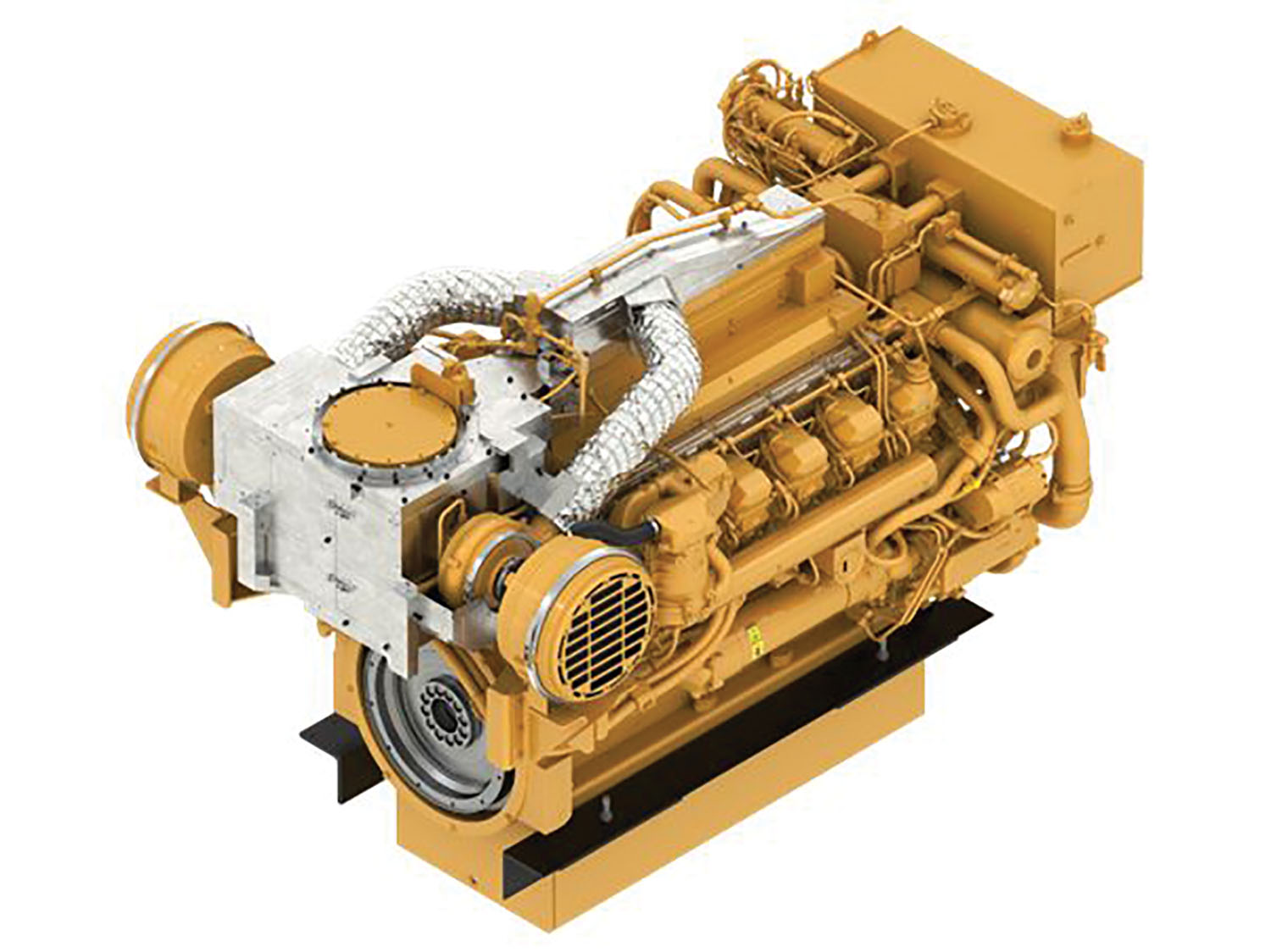Caterpillar Marine, which signed a memorandum of understanding with Damen Shipyards in late 2022 to develop a series of dual-fuel, methanol-diesel-powered tugboats, has announced plans to deploy its first set of 3516E marine engines in 2026. Caterpillar offered the update as part of the annual International Tug & Salvage Convention, Exhibition & Awards, held in Dubai in May.
According to Caterpillar, the forthcoming engines, part of the Cat 3500E line, will feature proven diesel fuel systems, while also accommodating methanol to achieve the same performance, deliver 100 percent power and achieve emission reductions.
“We’re leveraging our deep dual-fuel expertise to help reduce emissions in the maritime industry,” said Brad Johnson, vice president and general manager of Caterpillar Marine. “We look forward to putting the first Cat 3500E demonstration engines in the water with Damen Shipyards in 2026.”
According to Caterpillar, the methanol dual-fuel 3516E engines will target the highest methanol substitution while meeting emissions regulations, thus offering operators fuel flexibility.
“We’re expanding the 3500E platform’s fuel flexibility to provide customers with a wider array of options to navigate the energy transition,” said Andres Perez, global tug segment manager at Caterpillar Marine. “Fuel flexibility is key to future-proofing assets. This technology will enable owners to adopt their fuel of choice when the conditions are right, without having to build a new asset or face cost-prohibitive retrofits.”
The package will target non-regulated emissions, like formaldehyde, the company stated, and the operational profile will seek to match the performance of conventional diesel engines.
“Our dual-fuel Cat 3500E marine engines are optimized to achieve high methanol substitution rates over a wide range of load factors, including the low load ranges that tugs operate in most of the time,” said Will Watson, global product director at Caterpillar Marine. “For example, a 28-meter tug transiting at 8 knots [and] requiring only 600 kW of propulsion power would target to achieve a methanol substitution on an energy basis above 70 percent. This will enable operators to reduce greenhouse gas emissions while experiencing the power and performance they’re accustomed to.”
Caption for photo: Caterpillar Marine’s forthcoming 3516E methanol dual-fuel engine. (Photo courtesy of Caterpillar Marine)




